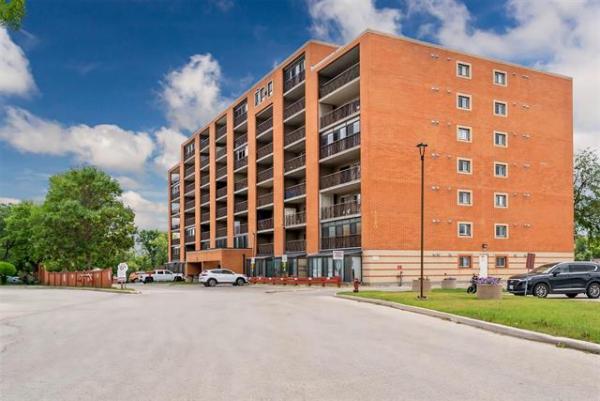
Living Prairie Museum
Blanket flower (Gaillardia aristata) is a native wildflower that blooms all summer like a ray of sunshine.
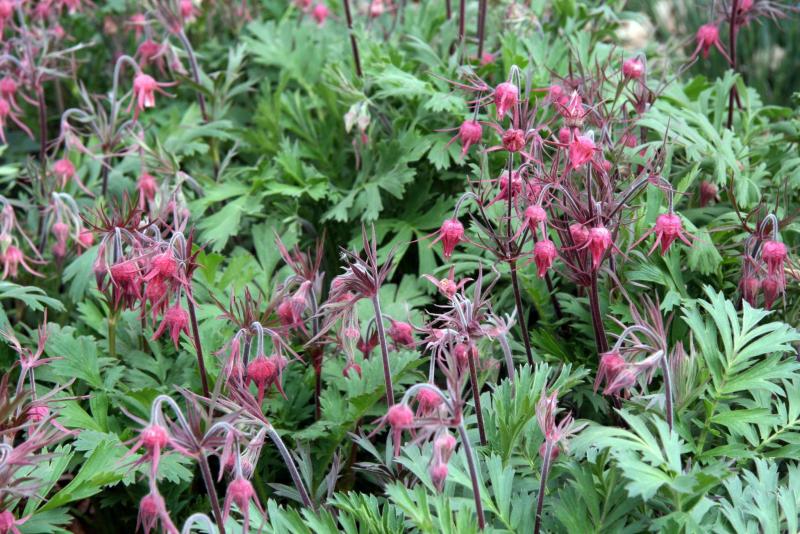
Shirley Froehlich
Three-flowered Avens is an important energy source in spring for pollinators coming out of hibernation.
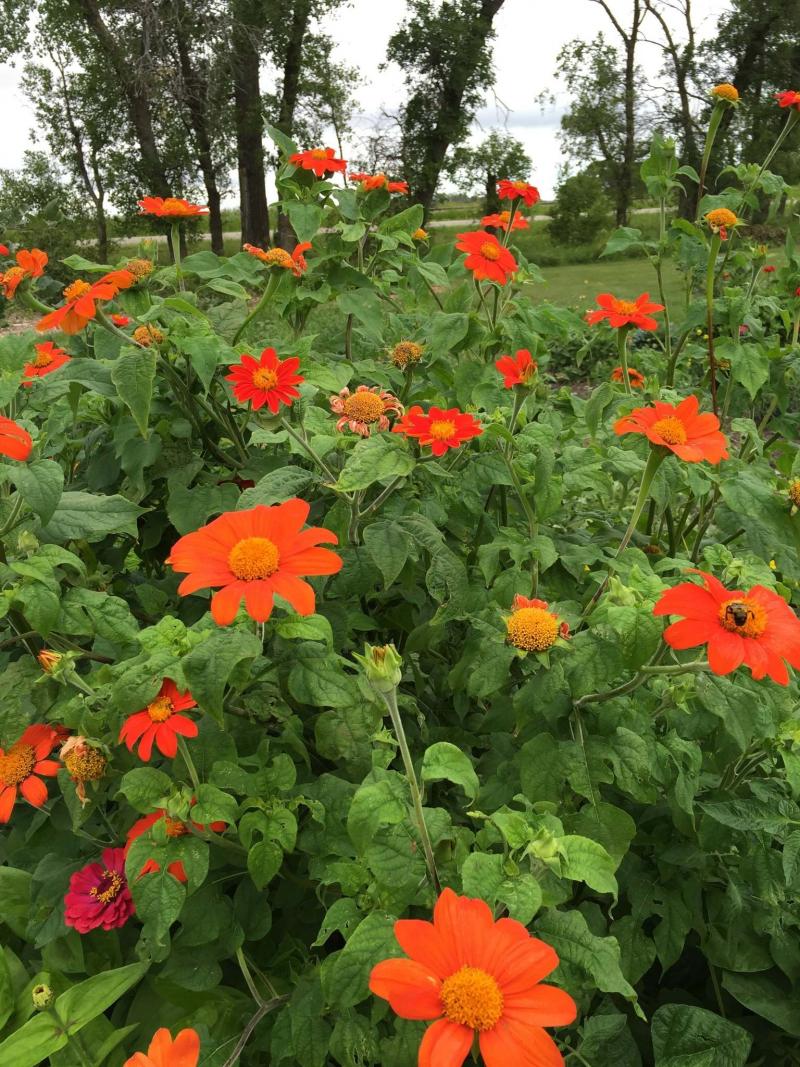
Susan MacPherson
Torch Tithonia a.k.a. Mexican sunflower is an annual flower that attracts Monarch butterflies.
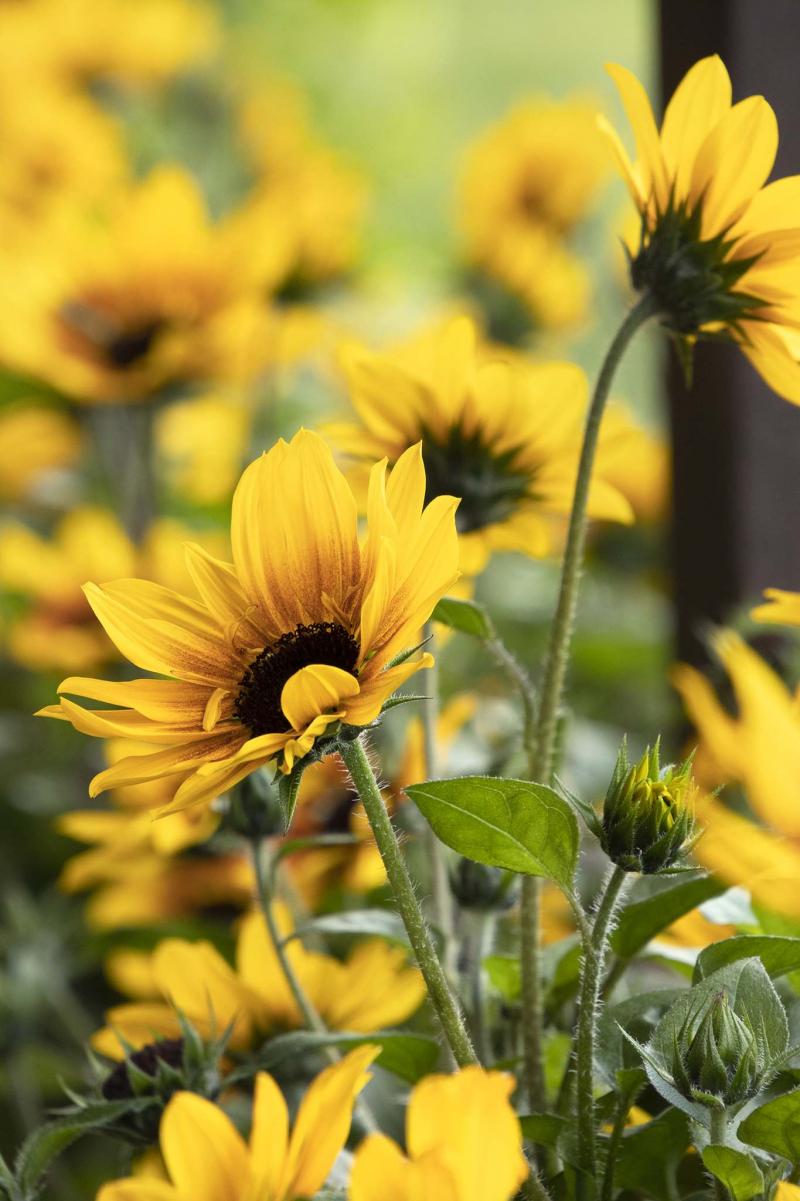
Monrovia
SunBelievable Brown Eyed Girl is a prolific cutting sunflower but produces no pollen.
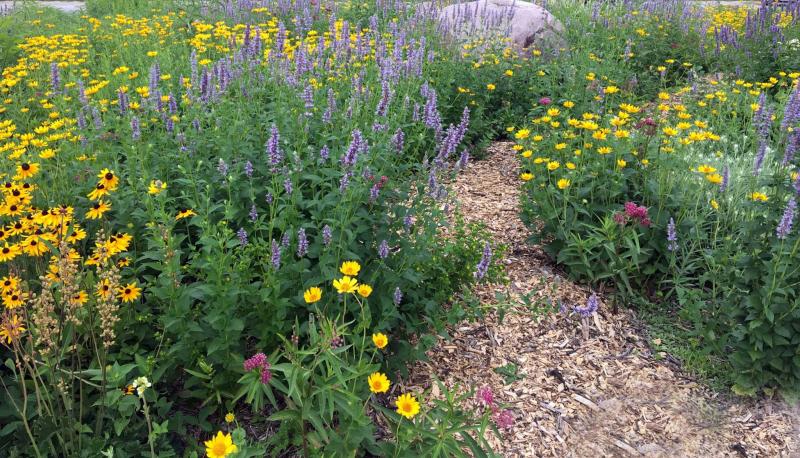
Sarah Semmler
The pollinator-friendly garden at Living Prairie Museum is a great example of what plant varieties are native to the area. Some of the plant varieties include Alumroot, Black-eyed Susan, False Sunflower and Swamp Milkweed.
It’s a fact — about 85 per cent of all flowering plants require a pollinator to make seed. "This includes both plants in natural ecosystems and in the crops and orchards that we rely on for food," says a new website for Manitobans that launches on Earth Day, April 22. Bee Better Manitoba aims to inspire us to conserve and create pollinator-friendly habitats.
Many of us have our favourite go-to plants in the garden that seemingly act as magnets for bees, birds and butterflies, but are we actually growing the perfect plant partners for a pollinator-friendly garden? Not all so-called pollinator-friendly plants are created equal, says Sarah Semmler, director of the Living Prairie Museum and one of the co-creators of Bee Better Manitoba.
"The recommendation is that you try to use as many plants that are found in your region as possible," Semmler says, "because local pollinator species have evolved alongside those plants for a very long time or are very accustomed to the resources they provide." Semmler emphasizes the important point that the foraging activity of native pollinator species typically coincides with the bloom times of our native plants.
By creating a backyard habitat that includes specific host plants for certain pollinator species, as well as pollen and nectar that provide the necessary protein and energy, we help to re-establish a healthy, natural ecosystem that can result in an increase in pollinator species and improve pollination.
Often our selection of plants, though, is heavily weighed on satisfying our vanity. In spring, we make a beeline for exotic imports at our neighbourhood garden centre. The attraction is irresistible. A simple solution, Semmler says, is to ensure there is something for everybody by including a mix of native plants.
The colourful pollinator garden at Living Prairie Museum is an excellent example of native plant varieties that you can grow in your own garden. Just some of the plant varieties include Alumroot, Black-eyed Susan, False Sunflower, Swamp Milkweed (host for Monarch caterpillars), Culver’s Root, Blue Flag Iris, Pearly Everlasting and Pussytoes (both are hosts for Painted Lady caterpillars), Three-flowered Avens, Wild Bergamot, Heartleaf Alexander (host for Black Swallowtail caterpillars) and Gaillardia aristata blanket flower.
Aimee McDonald co-owns Prairie Flora, which holds native plant sales at Living Prairie Museum every May during the long weekend. McDonald says Three-flowered Avens are an important energy source for insects coming out of hibernation as it blooms in early spring when pollen and nectar are hard to find.
"Only the bumblebee can easily dislodge the pollen, which is tucked away in the bud-like flowers of Three-flowered Avens, using a technique called buzz pollination," McDonald says.
Gaillardia has a special place in her heart, she says, because it’s like a ray of sunshine and attracts summer pollinators such as butterflies, bees and beetles. Prairie Flora offers a range of native plants at its greenhouse in Teulon and through its online catalogue (prairieflora.com).
Prairie Originals, owned by Kelly Leask, is also devoted to growing native plants. Leask says some of her favourite plants for pollinator gardens include Purple Prairie Clover, Giant Hyssop, Stiff Goldenrod, New England Aster, Golden Alexander, Meadow Blazing Star and Joe Pye Weed. All of these are also found growing in the pollinator garden at Living Prairie Museum.
Prairie Originals, located in Selkirk, supplies native plants to a select number of local garden centres. This year, the list includes Sage Garden Greenhouses, Lacoste Garden Centre, the Preferred Perch and the Green Spot in Brandon. You will also find Prairie Originals at the St. Norbert Farmers Market.
All of this tells you that native plants are easy to access. With the launch of Bee Better Manitoba (beebetterMB.ca) — a joint initiative by Living Prairie Museum, the University of Manitoba, the Province of Manitoba and Manitoba Liquor and Lotteries — there is now a dedicated resource that provides practical and relevant information on pollinators and conservation in our area.
The website includes lists of native plant species, including wildflowers, shrubs and trees, to grow a prairie pollinator garden, as well as their height, flower colour and bloom period. Suggested garden layouts are also included, Semmler says.
All of the plants listed provide pollen and nectar in abundance. Don’t all plants? Hydrangea species differ in their ability to attract pollinators. The mophead hydrangea (H. macrophylla), for example, consists mostly of sterile florets. The fertile florets which are in less quantity are difficult to access by pollinators. The panicle hydrangea, though, especially a variety such as Pinky Winky, has loads of easily accessible fertile florets with pollen and nectar. Still, I plant a border of Dropmore Blue nepeta, a Manitoba-bred plant that is rich in pollen and nectar, in front of my hydrangea shrubs.
SunBelievable Brown-eyed Girl Helianthus is a new sunflower introduction developed by plant breeders in the U.K. Available at Lacoste Garden Centre this spring, SunBelievable is said to produce up to 1,000 flowers non-stop on a single plant from spring to the first frost. It’s able to do this because it doesn’t produce seeds. It doesn’t have any pollen either, by design, which means that gardeners who like to grow cutting flowers won’t have to be concerned about pollen drop.
Butterflies, which are nectar-feeding, might drift over to SunBelievable because it does produce nectar; however, bees require both nectar and pollen to survive. If you are planning to include SunBelievable in your annual containers this year or in your garden, the bees won’t mind so long as you are also providing native food sources.
Susan MacPherson, a partner at Jensen’s Nursery, is wild about Torch Tithonia, aka Mexican sunflower. Tall-growing (120 to 180 cm), Torch Tithonia is a popular annual with vibrant orange, red or yellow flowers. It has a long bloom period and attracts a variety of pollinators including bees, butterflies and hummingbirds. MacPherson grows Torch Tithonia from seed for use in her home garden. It will also be available at Jensen’s Nursery.
Michelle Paterson is a full-time work health consultant who has worked part-time at Shelmerdine Garden Centre for the past 10 years selling trees and shrubs. In her home garden, she makes sure she provides food for pollinators that emerge early in spring by growing early bloomers such as tulips and fruit trees such as plum and apple as well as elderberry, raspberry and Saskatoon berry plants.
"I also see my Basswood tree with a full fragrant multitude of flowers — a sure target for bees," she says. In addition, Paterson has hawthorn and lilac trees and once their blooms fade, summer-blooming perennials such as hosta, ligularia, lilies, Veronica spicata and sedum varieties provide a succession of blooms.
Paterson plants flowering annuals in the spaces between her tomatoes and beans. She sees the silver lining in the province-wide ban of cosmetic pesticides and the explosion of dandelions each spring on lawns, boulevards and schoolyards. "It’s good for the bees," Paterson says.
More commercial greenhouses today are using biopesticides as a means of reducing chemical controls of pests. It’s essential, Semmler says, that home gardeners avoid any chemical use on their plants in order to protect pollinator species.
colleenizacharias@gmail.com


